The Automotive Dream “One man and his dream had not simply left the world with an engine and four wheels; Henry Ford and his Model T had influenced people's everyday lives - where they lived, how they spent their leisure time, even how they viewed themselves.” - Gary...
The Cars of The Great Gatsby
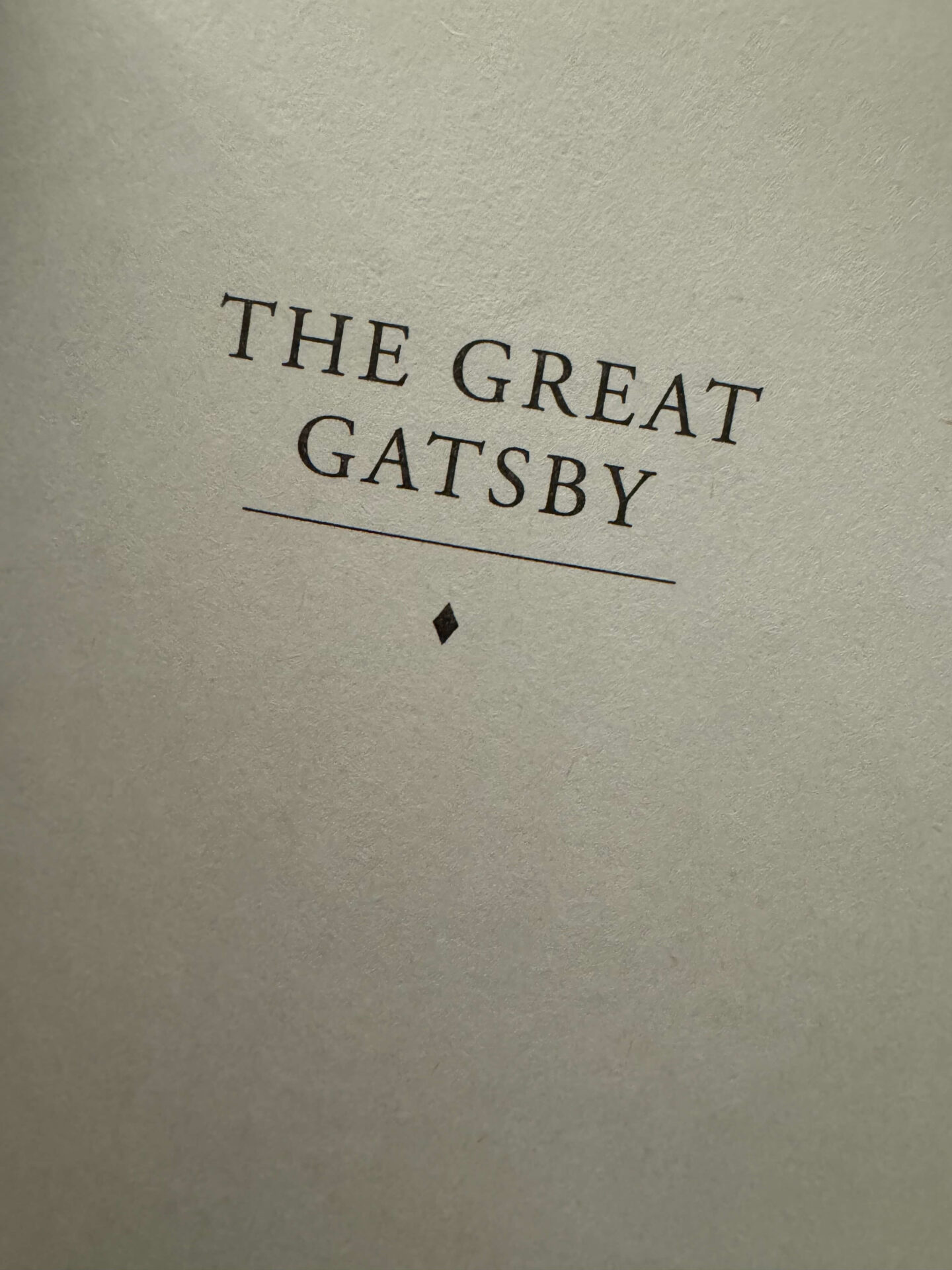
Recent posts
Lagonda 16/80 Special Six 1933
English Touring The car we present to you this week is the Lagonda 16/80 Special Six in the Demers Car Collection. Lagonda was a luxury British car brand that Aston Martin eventually absorbed. Through its association with Aston Martin, it is sometimes hard to remember...
An Introduction to Lagonda
Before Aston Martin “The history of Lagonda cars is synonymous with sophistication, opulence, and groundbreaking performance” - An article for Discovery UK Today, we may recognize the name Lagonda from its association with Aston Martin. Before these two brands...
Cadillac Model A 1903
The Standard of the World “No other American car on the market in the first decade of the century was constructed to higher standards than Cadillac.” - Stephen W. Sears in The Automobile in America Some of you may know that Cadillac has long had the slogan “Standard...
What to Drive in the 1920s?
“The parties were bigger, the pace was faster, the buildings were higher, and the morals were looser”. No writer has ever so succinctly captured the 1920s’ zeitgeist as did the American writer F. Scott Fitzgerald.” – Ching Yee Lin for The Collector
There are over 200 mentions of cars or uses of language associated with the automotive world in F. Scott Fitzgerald’s The Great Gatsby. For a 180-page book, this is a lot! I am definitely not the only person to believe that cars play an important role in this cult novel. Many scholars have already discussed the symbolism behind the cars in The Great Gatsby and Fitzgerald’s universe. I summarise some of this analysis for you here, in case you’ve never approached this story in this way. Plus, this opens a greater discussion on the prominence of the impact of the Roaring Twenties on today’s culture and an occasion to talk about some great cars. Allow me to share my two cents.
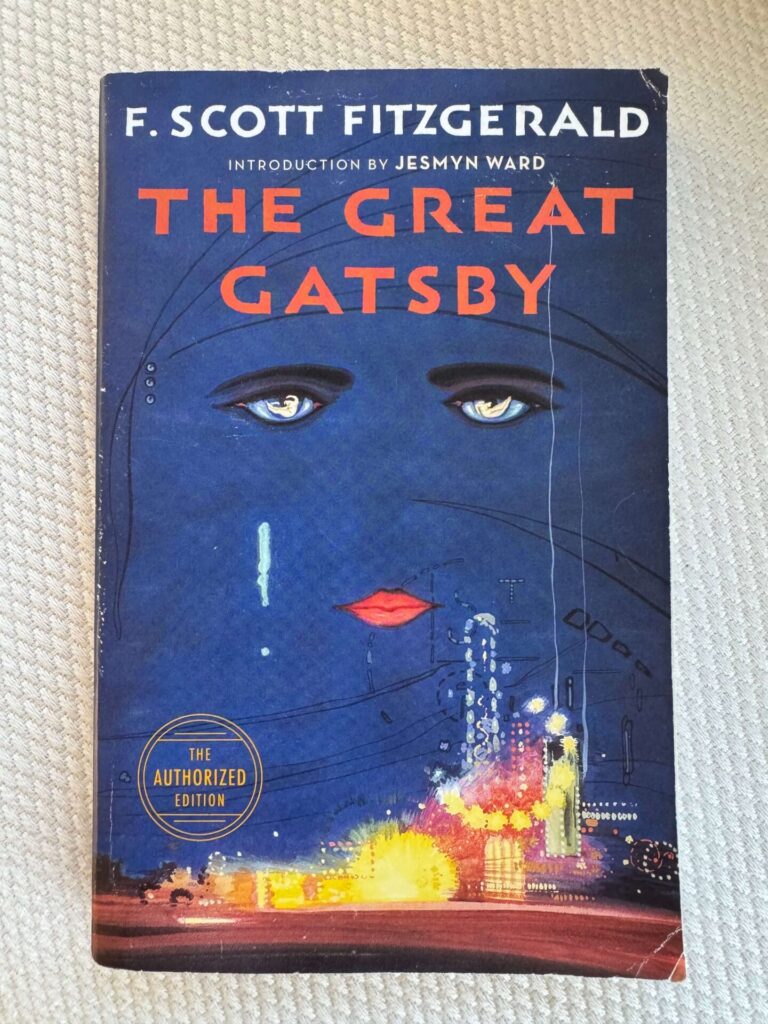
Our Fascination with the 1920s
“Eat, drink, and be merry, for tomorrow you may die.” – Proverb and conflation of two Biblical references
Fitzgerald’s classic was published in 1925 and there are three movies made based on it. The movies and the book are set in 1922, New York. The decade of the 1920s is often referred to as the Roaring Twenties or the Jazz Age. It was a period of unprecedented economic growth and social upheaval following the First World War. The October 1929 stock market crash marked the end of the Roaring Twenties and the following economic depression.
The 1920s were a time of cultural revolution, Jazz, Art Deco, Charleston, and Fashion, all thrived in this era. This was also a time of paradox. The United States was under Prohibition. However, this conservative law led to a thriving underground alcohol business and the rise of organized crime. Some historians qualified it as a time of relaxed mores, carefree living and overall excess. This period saw the growth of consumerism and the establishment of the United States as an international leader.
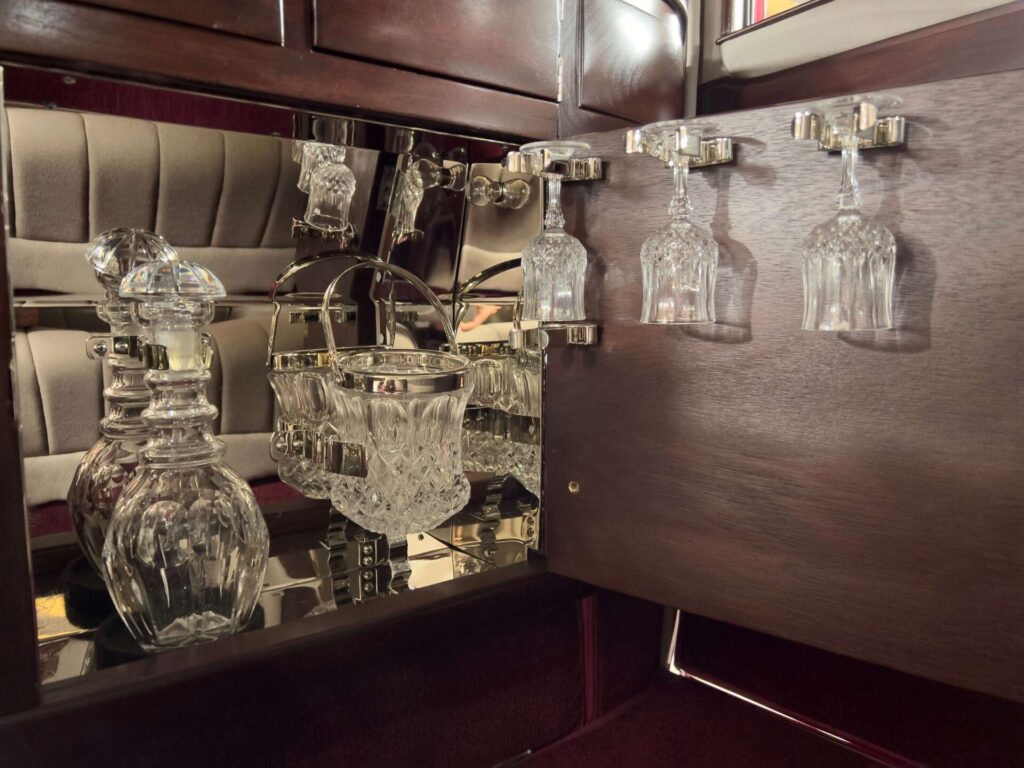
The automotive field also felt these changes and tensions. Innovation was happening at a fast pace, and more and more people invested in it. Automobiles became more and more affordable, another object to consume by the masses. While some automakers clung to tradition, others made daring and flamboyant designs. Thanks to the introduction of the electric starter, more women learned how to drive.
Today, and probably since the 1950s, when the novel became popular, there is a lasting fascination with this period. Almost every month, I hear of a Gatsby-themed party, event or boat cruise. The Art Deco movement still sells books, art pieces and tacky, budget home decor. Every year, new high school students discover The Great Gatsby universe as part of their curriculum. In my high school, we even learned to dance the Charleston!
For some reason, Gatsby and the 1920s have a hold on our culture. When I first started getting involved with the Demers Car Collection, the Duesenberg and the person responsible for it, E. L. Cord, quickly fascinated me. When I looked more into the history of the Model J, I quickly realized that that is the car Leonardo Dicaprio as Jay Gatsby drives in the 2013 movie. Interestingly, it is not the car that Fitzgerald intended Gatsby to drive. Ensued a reflection on the symbolism of cars in The Great Gatsby and their representation in the 2013 movie. So here are my thoughts:

The Cars in The Great Gatsby
“Nonetheless, while the destination was a complete disaster, the journey was spectacular and for the record, profoundly impactful.” – Ching Yee Lin for The Collector
Many have argued that Fitzgerald used cars and their colors as symbols in his 1925 book The Great Gatsby. I tend to agree. Automobiles in the book are a mirror of their owner and the way the characters use them reflects their carelessness and destructive tendencies. This symbolism alludes to the overall message of the novel. This message, most agree, is the fallacy of the American Dream, a critique of the dwindling morals and rising consumerism of the Roaring Twenties. Let’s quickly go through some of the cars that we encounter in the novel and what they mean as a mirror of their owner. A broader symbolism of cars as agents of destruction can also be made from the book, but this is a topic for another time.
Poor Wilson’s Broken Ford
George Wilson is a sad character. His wife cheats on him and he can’t make a living. It is fitting that Wilson’s car is a “dust-covered wreck of a Ford.” The car, like its owner, isn’t going anywhere. Even though Wilson owns a garage, he can’t seem to make his car work. The way his life seems broken and stagnant parallels the immobility of the car.
Although the Ford Model T, which we assume is the model in Wilson’s garage since it was the only model in production by Ford at the time, revolutionized the automotive world through its mass production, this is not a car Fitzgerald or the upwardly mobile and wealthy characters of the book seem to respect. The Model T was probably the most affordable car in the market back then and someone being content with such a car showed their lack of ambition. That is someone who can easily be dismissed and walked over like Wilson.
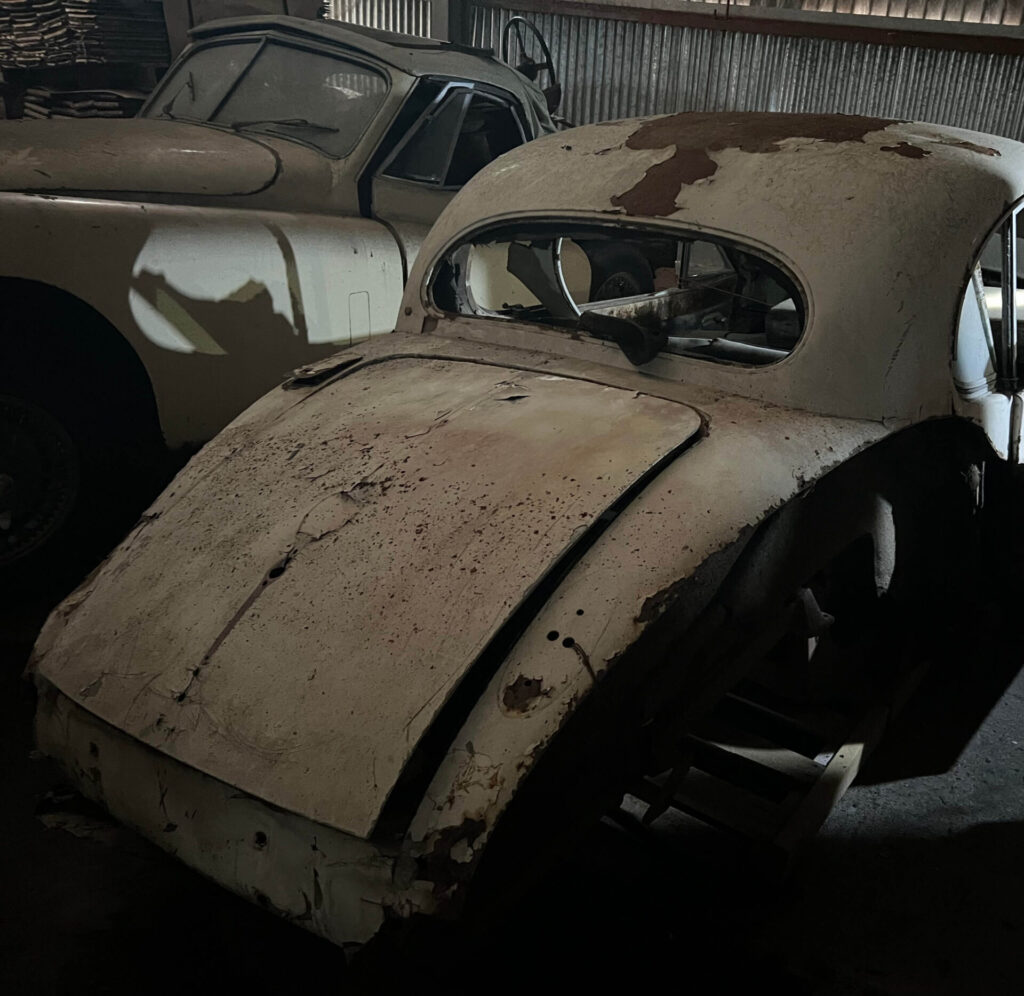
Nick’s Old Dodge
The narrator, Nick Carraway, drives a Dodge. Although we do not know the model, we base our analysis on the characteristics of the brand. Dodge is a reliable, plain and conservative brand. Nick who tries to cling to his “Mid-Western” values, is as bland as his car in the context of the novel. Although it is a step above the Model T, it is not terribly noteworthy like Nick. Nick narrates the story, but isn’t the main character or all that active. Another interesting connection is that Nick, by his inaction and evasiveness in his romantic relationships, could be described as a “dodger.”
Daisy’s White Car
In the book, Daisy Buchanan drove a “white roadster” in her youth, a car in which young Gatsby sees and admires her. Here, the color more than the type of car is important. White is a symbol of innocence and purity. To Gatsby, Daisy is pure and faultless, an uncorrupted dream. By the end of the book, we know that Daisy isn’t pure or uncorrupted, but the protagonist does not seem to ever change his mind about her. Perhaps, it is Gatsby’s juvenile idealization of Daisy that is innocent and pure.
Tom’s blue coupé
Here again, we do not know the brand of Tom Buchanan’s car in the book, only that it is an “easy-going blue coupé.” We also know that the couple of Tom and Daisy own at least two cars. The fact that their cars remain unbranded reflects their social standing. Tom and Daisy are old-money, privileged folks. They do not need to prove anything to anyone, they are forever secure on the social ladder.
We know, however, that Tom’s car is blue. This color symbolizes romantic idealism. If I may add my opinion, I would like to think that it is dark blue. In the 1920s, conservative cars chosen by the well-established, old-school elite, were in respectable, predictable and boring dark colors like black and dark blue. This would be a fitting hue for the Tom character who seems a little out of step from the Jazz Age.
In the 2013 movie, Tom drives an Auburn Speedster. I find it an odd match. The Auburn Speedster was a Halo model. It had racy lines, bright colors and loads of nickel. Although the Speedster was top-of-the-line, the brand as a whole was the “budget” branch of the Auburn-Cord-Duesenberg Empire. I would have given Tom a more conservative, understated car. The Auburn Speedster is too flamboyant for his character and would go against the idea that Tom and Daisy don’t need to show off with their cars.
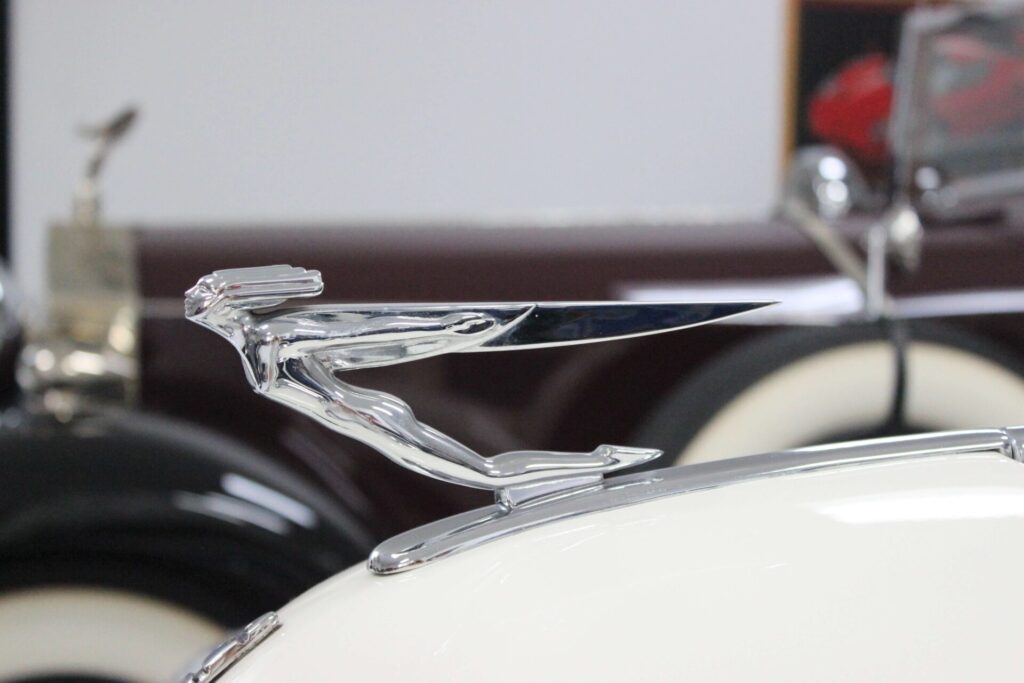
Gatsby’s Majestic Ride
Gatsby’s car is a great cream-yellow Rolls-Royce. Arguably, it is a Silver Ghost although Fitzgerald never names the model in the novel. Gatsby’s ride is imposing by its size, its bright color, and the abundance of luxuries and accessories. This is how Nick describes it: “A rich cream color, bright with nickel, swollen here and there in its monstrous length with triumphant hat-boxes and supper-boxes and tool-boxes, and terraced with a labyrinth of windshields that mirrored a dozen suns.” Tom, on the other hand, calls it a “circus wagon.”
The Silver Ghost was Rolls-Royce’s first home-run and gave the brand its reputation as the “best car in the world.” The brand carried and still carries enormous prestige. It is expensive, well-made and only accessible to the elite. In the book, Gatsby embodies the American Dream. What else can he drive than the “Best Car in the World?” He needs people to notice his car so that they know his social standing, as a nouveau-riche, his social capital isn’t quite as secure as Daisy’s and Tom’s. The Rolls-Royce in the hands of Gatsby becomes a status symbol.
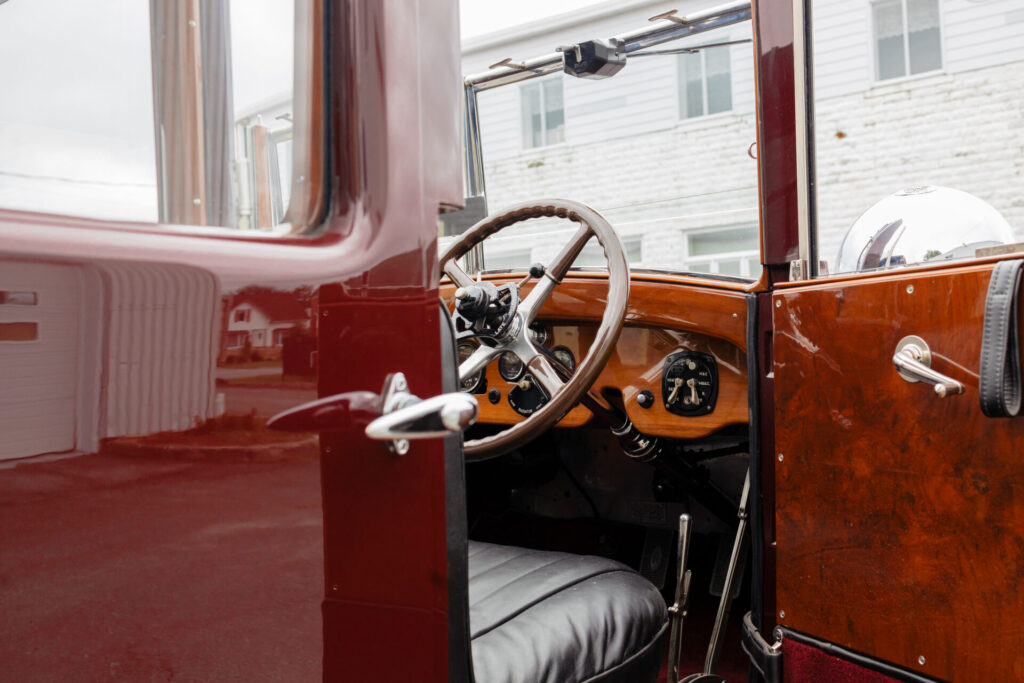
From a color analysis, Gatsby’s Rolls is described as cream-colored at the beginning of the novel but becomes yellow at the end. Two theories can explain this ambiguity. The first is that the changing perception that people have of the car parallels the shifting and obscure identity of its owner. The second explanation is that the beige color is a mix of yellow and white. White is Daisy’s color as we’ve established prior, and yellow, the color of gold and money, is associated with Gatsby. Beige blends the two and reflects Gatsby’s ultimate dream of getting his dream girl. A dream that he attempts to fulfill through the accumulation of wealth and the illusion of grandeur and respectability.
Interestingly, while the second Gatsby movie (1974) remains faithful to the book by using a Rolls-Royce Phantom I, the first (1949) and the third (2013) movies give Gatsby a Duesenberg instead. I think this is done to represent the best American dream car. Duesenberg competed with Rolls-Royce in terms of quality, prestige and price and E. L. Cord himself, a self-made millionaire, exemplified the American Dream. Cord tasked Fred Duesenberg to make “the best car the world had ever seen.” A challenge that most agree Fred accomplished with the Model J. It seems to be the perfect car for Gatsby.
Fitzgerald himself drove a Silver Ghost Rolls-Royce at the time he was writing the book. Perhaps this is why he gave his protagonist this car. More importantly, the Model J didn’t exist yet! Personally, I believe that the Duesenberg fits Gatsby better if you are willing to forgo historical accuracy. No one would have called a Rolls-Royce a “circus wagon,” while the Duesenberg was an ideal car for the nouveau riche who have achieved the American Dream like Hollywood actors and self-made industry tycoons.

What Does it All Mean?
“Thus, Fitzgerald presents us with one last reminder that, corrupted by our materialistic drives, our dreams wither and die; that there is, in the end, no magic.” – Ryder, P. (2020). Dream Machines: The Motorcar as Sign of Conquest and Destruction in F. Scott Fitzgerald’s. The Great Gatsby. M/C Journal, 23(1).
The continuous interest in the Gatsby universe and fascination with the Roaring Twenties in general leaves me a little perplexed. Every time I think of Gatsby I am reminded that in the end, he dies prematurely. He doesn’t get his dream girl. Every materialistic thing he gained throughout his life didn’t matter. The car, in particular, is a source of his demise. Daisy isn’t the pure, innocent character that Gatsby paints her out to be. She is the one who drives carelessly and kills Myrtle. She turns out to be as morally corrupt as the other rich people surrounding her. Daisy doesn’t take responsibility for the crash, placing the blame on Gatsby instead. The beautiful cars that the rich can buy end up being tools for destruction.
Plus, the Roaring Twenties ended with a disastrous crash and the period that followed was the Great Depression, which placed millions throughout the world in a precarious situation. If Fitzgerald, like other authors of the time, warned us about the dangers of excess, materialism and declining morality, why are we so fascinated by it? Perhaps it’s the same reason why Londoners followed the outrageous actions of the “Bright Young Things” (the British equivalent of American Flappers) in the 1920s. Or the way we follow celebrity gossip today. We long for that carelessness. Excessive lifestyles fascinate us. Like Carpe Diem tattoos, we want to live in the moment. The lure of materialism is still tempting today. If only we could get that one thing to make our lives better.
Perhaps it is also nostalgia. A longing for a past that doesn’t exist anymore. Antique car enthusiasts are especially guilty of it. Through clinging to artifacts of the past, we want to experience what we think were better days. And what better way to relive the passion of the Twenties than by looking at an Auburn Speedster, a Pierce-Arrow or a Duesenberg?
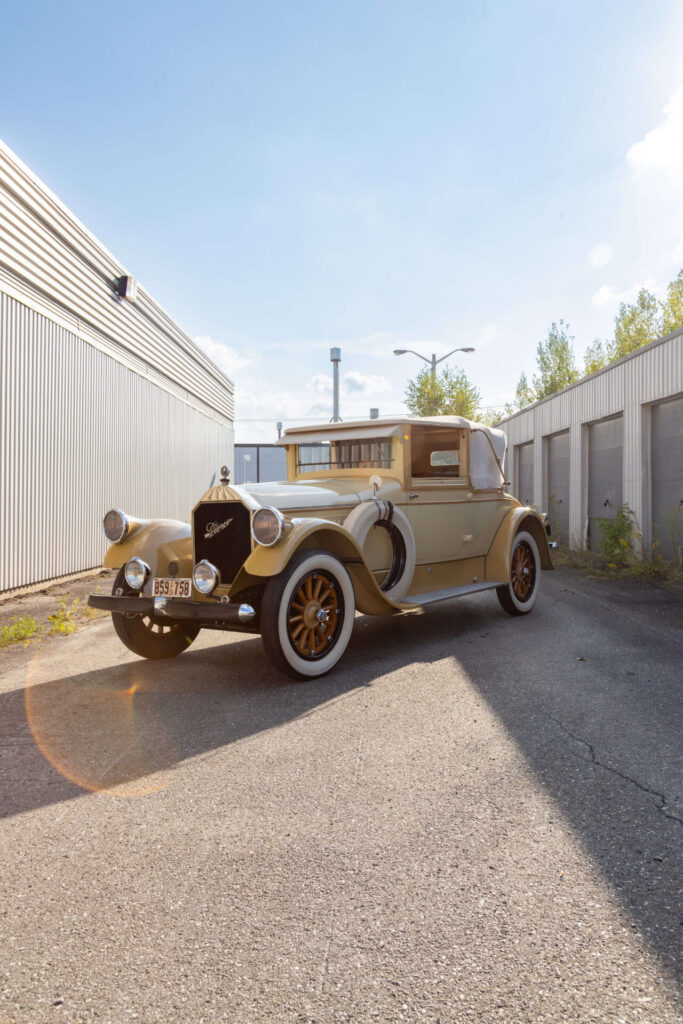
What Now?
When the pandemic lockdown and the COVID reality started to hit in the Spring of 2020, I joked to my friends that we would get to live our twenties in the “Twenties.” Generally speaking, in history, a difficult period like a world war or a pandemic is followed by years of accelerated growth, prosperity and merriment. I anticipated that the years after the pandemic would be no different, and from the isolation of my Melbourne apartment, I dreamed of a new “Roaring Twenties” one hundred years later. I too wanted that carefree joy.
Revisiting Fitzgerald’s world through this work was sobering. Remembering that Gatsby dies murdered and that all that glitz and glam hid a decaying truth, I think the Roaring Twenties are better left in the past. Nevertheless, these reflections take nothing away from the masterpiece that is Fitzgerald’s The Great Gatsby. And I am happy that cars played such an important role in it. Although not the exact same car that we see in the movie, next week we will introduce you to a Duesenberg Model J in the Demers Car Collection.


